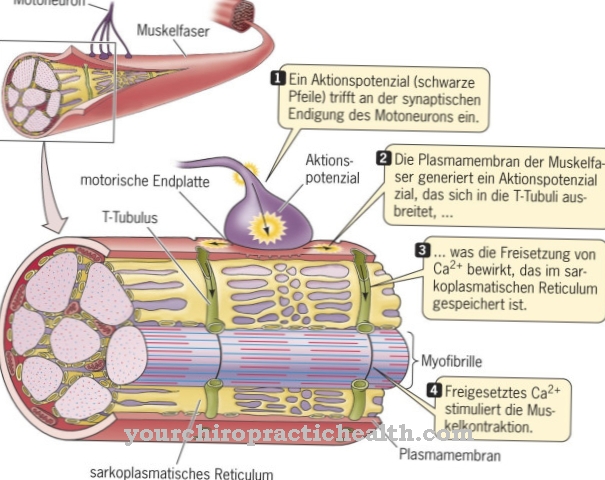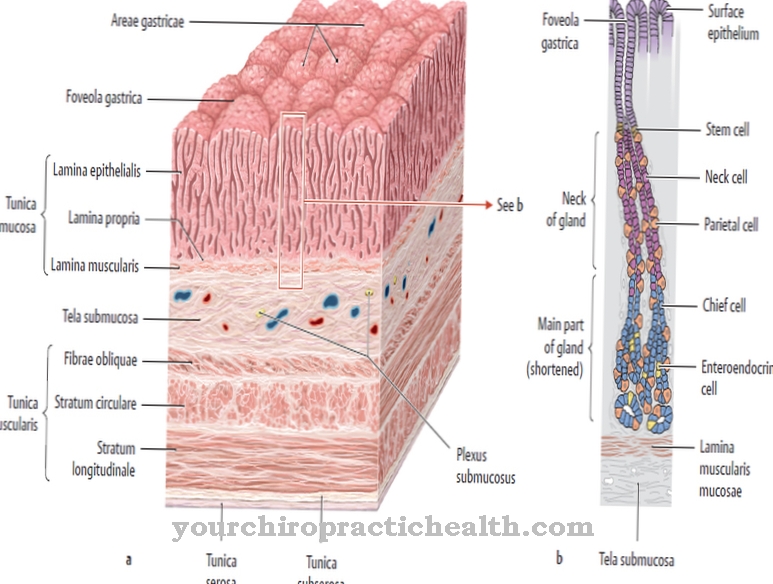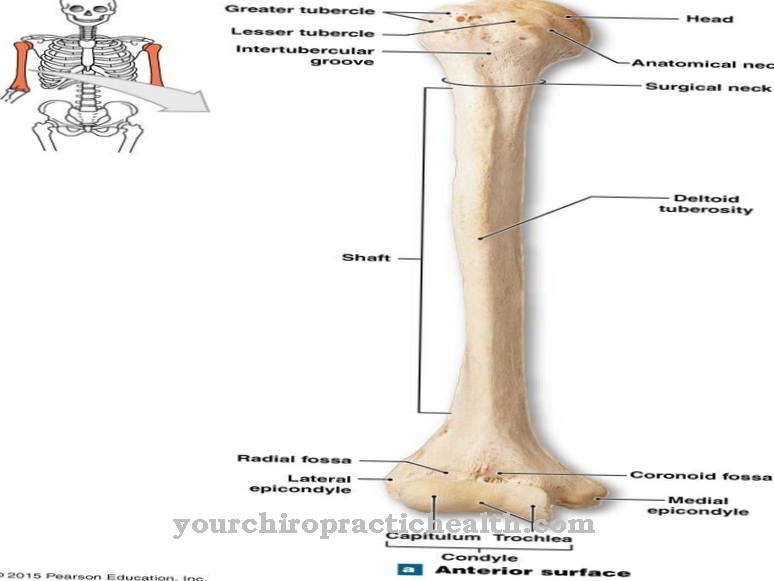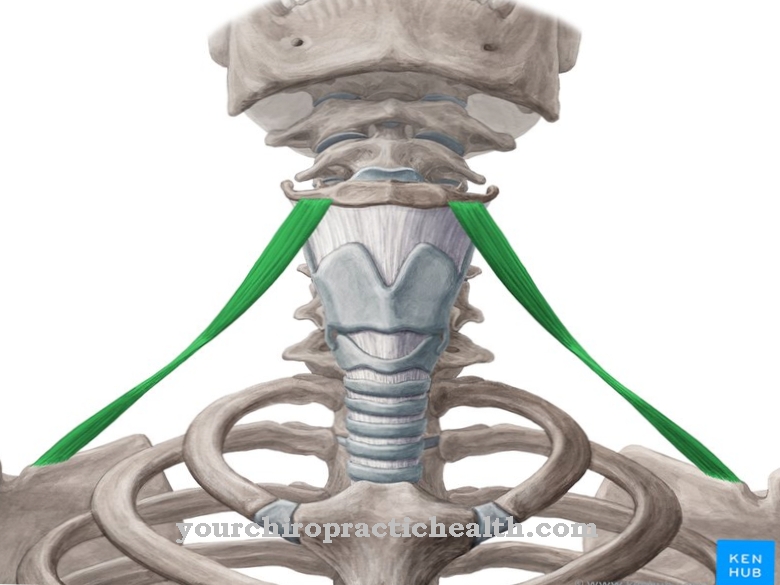The Neural tube is an embryonic plant in early pregnancy that is found not only in humans but in all vertebrates. In the further course of development, the central nervous system, the spinal cord and the brain emerge from this. If the formation and further development of the neural tube is disturbed, severe malformations are the result.
What is the neural tube?
The emergence of the neural tube is one of the first differentiations of the embryonic cells. It forms on the surface of the outer cotyledon. In humans, this happens between the 22nd and 28th day after the egg cell is fertilized. As the precursors of the central nervous system, spinal cord and brain, the trouble-free formation and reshaping of the neural tube is of enormous importance for the further development of the embryo.
Anatomy & structure
At the beginning of the formation of the neural tube, also known as neurulation, part of the surface of the embryonic cotyledon thickens. The neural plate emerges from the bulging area between the original mouth and the primitive stripe. The edges of this neural plate then begin to bulge further. Between them lies an elongated depression with the neural groove.
Finally, the neural bulges form into neural folds and unite over the neural groove to form the neural tube. This development begins in the middle of the area. Shortly afterwards the anterior opening closes and finally the posterior opening of the neural tube. As the ectoderm lies over the neural tube, it migrates into the interior of the embryo, where it forms a cavity. This also creates neural ridges that can be found on both sides of the neural tube. These later become various organs and elements of the body.
The neural tube itself forms the basis for the development of the brain, spinal cord, and the central nervous system. As the embryo continues to grow, the various parts of the brain emerge from the front area of the neural tube. The spinal cord and central nervous system emerge from the posterior end of the neural tube. The middle region of the neural tube, which has a distinct cavity, becomes the central canal of the spinal cord and gradually fills with fluid.
During the entire development process, the growing and rounded neural tube determines the external appearance of the embryo. In the middle of the sixth week of development of the embryo, the nerulation is complete and the remodeling of the neural tube begins.
Function & tasks
Disturbances in the formation and further development of the neural tube are very common. Between one and five children born alive have a neural tube defect. The total number, however, is significantly higher, as severe malformations identified by preventive examinations usually end the pregnancy prematurely.
Natural abortions in early pregnancy are also often due to defects in the neural tube. Various clinical pictures are possible in children born alive with neural tube defects. Children with anencephaly are completely absent from large parts of the brain and cranium. They are usually blind, deaf and unconscious and usually die shortly after birth. In the case of encephalocele, the brain is present but malformed. It lies partly in conspicuous bag-like protuberances outside the skull bones, which can be filled with a great deal of fluid. After surgical removal of these protuberances, a life without physical or mental restrictions is often possible.
Hydranencephaly is characterized by the total or partial absence of different areas of the brain. Since the skull is outwardly inconspicuous, this defect only becomes apparent after some time due to severe developmental delays in the child. Children with hydranencephaly have a very short life expectancy. A very rare disorder associated with a malformation of the neural tube is iniencephaly. The affected children usually have a disproportionately large head and show a strong backward curvature of the spine.
The best known of all neural tube defects is spina bifida. Although this malformation is colloquially called an open back, it is not necessarily visible from the outside. A common feature of all forms of spina bifida is the formation of a gap in the spine. Parts of the skin of the spinal cord or the spinal cord itself bulge into the respective gap. In severe cases, the nerve tissue is not covered by other tissue and is actually exposed. Depending on the severity of the spina bifida, the physical impairments differ significantly.
Impairments in mobility and disorders of bladder and bowel function are very common. It is also not uncommon for other malformations to occur together with spina bifida, which can be attributed to a neural tube defect. However, spina bifida is the only malformation associated with a developmental disorder of the neural tube that can already be operated on in the womb.
Diseases
The causes of disturbances in the formation and further development of the neural tube have not yet been conclusively clarified. An important factor, however, is a lack of folic acid in the diet both before and during pregnancy. Studies have shown that an adequate supply of folic acid significantly reduces the number of neural tube defects.
It is therefore recommended that all women who want to have children take folic acid as a dietary supplement. Misuse of the neural tube can also be caused by the abuse of drugs, alcohol or medication by the pregnant woman. External influences that can promote the development of neural tube defects are X-rays and other rays as well as various environmental toxins. Various infectious diseases can also interfere with the correct formation of the neural tube.














.jpg)













